Every year, manufacturers of climatic equipment demonstrate to us new modifications of water heating radiators. Sometimes only design changes, and sometimes significant changes are made to the design.
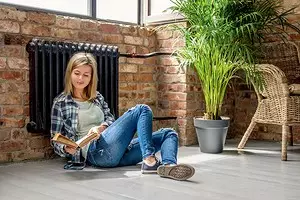
Following the proverb "We meet ...", let's start reviewing with designer models of radiators and towel rails for bathrooms. In this segment, a large number of products arbonia, Kermi, Cordivari, Zehnder, a wide variety of forms and colors, besides made from various materials, are traditionally represented in this segment. Popular models with a housing, in shape resembling a staircase, a pair of vertical profiles on the sides, and between them a number of horizontally located pipes, such as the Basic-50 series models (Kermi) or Toga (Zehnder). On such a radiator, you can spend wet towels or clothing. A similar design of the design - carrier vertical profiles are located in the center, and from them to waste horizontal pipes, like branches from the tree trunk (Yucca line (Zehnder), Babula (Cordivari), Zeta (Kimra Plant of thermal equipment). Pipes can be round in cross section Or flat, as in the Giuly series (Cordivari), located strictly symmetrically relative to the vertical profiles either in one direction - there are many varieties of design radiators.
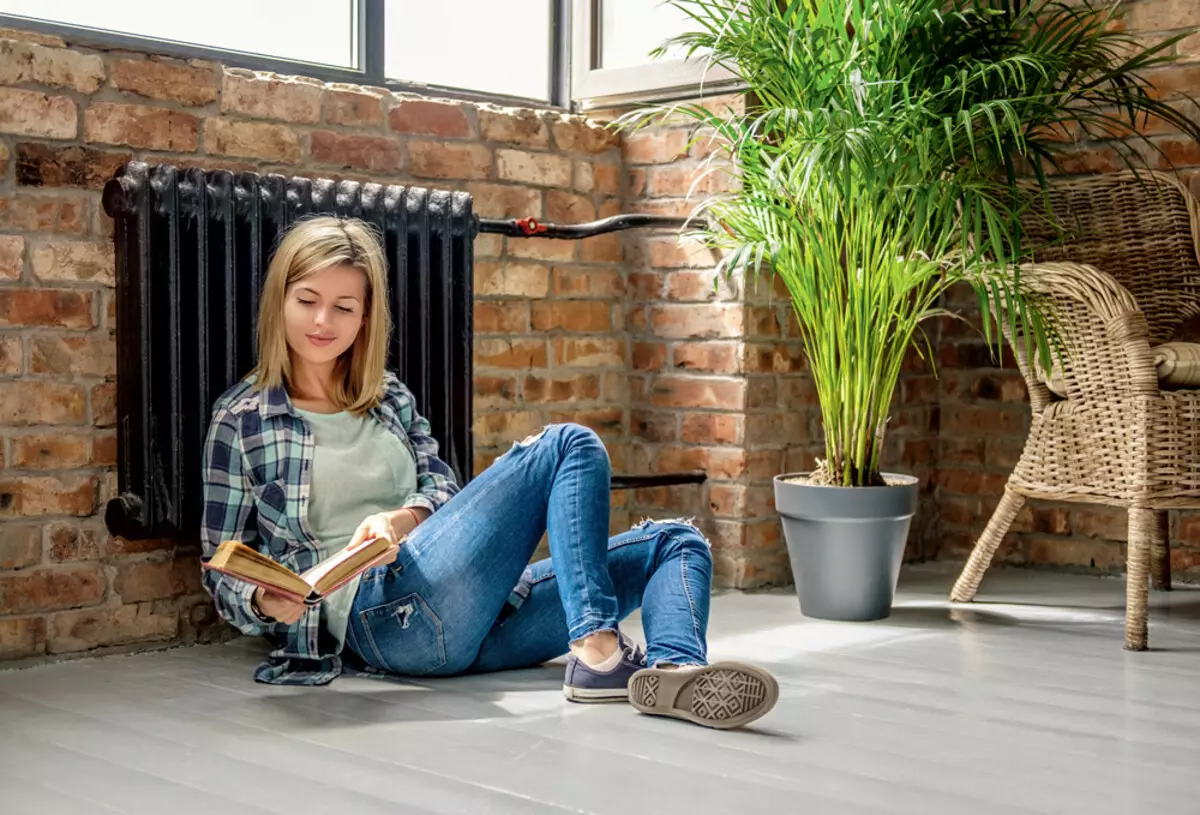
Photo: Legion-Media
Much more interesting, however, technical innovations in "ordinary", non-oil devices. The greatest number of new items in this segment refers to the improvement of the geometry of the case so that it is better flowed by air flows. So, the Revolution (Royal thermo) models have a wave-like shape, due to which the air is not stored, its circulation is improved, and heat transfer increases by 5%. Indigo models (Royal Thermo) implemented reverse convection. The design of the top of the radiator forms a back directed flow of hot air, effectively cutting off the cold from the windows. Internal details are improved. Thus, in steel radiators, the kermi is used therm-x2 technology, which allows the coolant to consistently flow through the radiator panels. Thanks to this technology, the efficiency is achieved, which in the segment of steel panel radiators has so far been considered unattainable. New varieties of radiators appear, such as Kermi panel models with a 200 mm mounting height, which are suitable for panoramic structures, as well as veranda, winter gardens and other rooms with large windows or low windowsill.
Decorative radiators are distinguished by a variety of forms and are quite capable of becoming a key element of the room interior.
Another improvement was offered by Rifar manufacturers. Their sectional radiators BASE 200/350/500, ALUM 350/500, FORZA 350/500, ALP 500 can be recycled by a towel holder. It turns out a comfortable and neat design.We consider the number of sections
With a simplified heat engineering calculation, heat consumption is 100 W per square meter of the room area. To find out the required number of radiator sections, you should multiply the room of the room at 100 and split the result by the heat transfer value of one section depending on the temperature of the coolant (it is indicated in the characteristics of the radiator). So, if the room area is 16 m², and the sectoral heat transfer is 160 W, then the number of sections is 16 × 100/160 = 10 pieces. This method of calculation is not accurate, since it does not take into account a number of parameters: for example, the height of the ceilings or the method of connecting the radiator. Therefore, it is necessary that the final calculation performed a specialist.

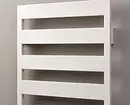
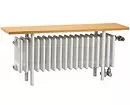
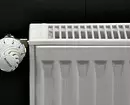
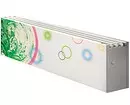
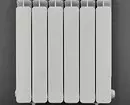
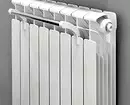
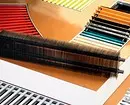
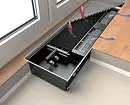
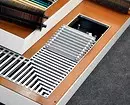
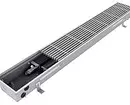
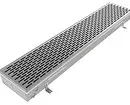
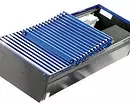
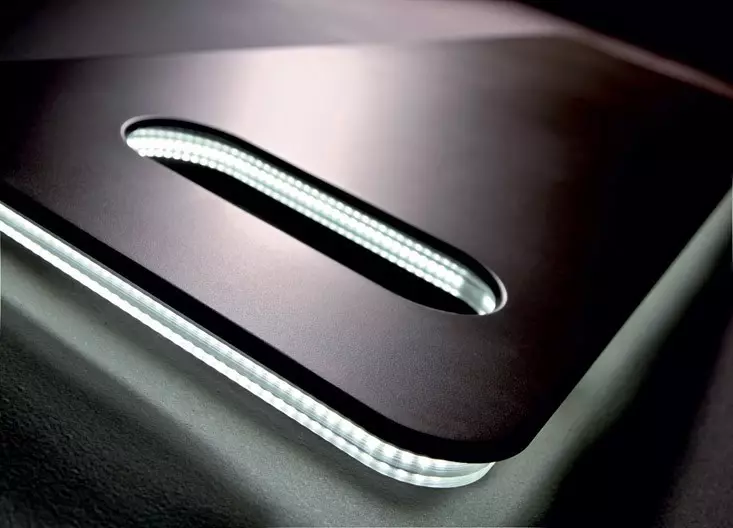
Neon lights
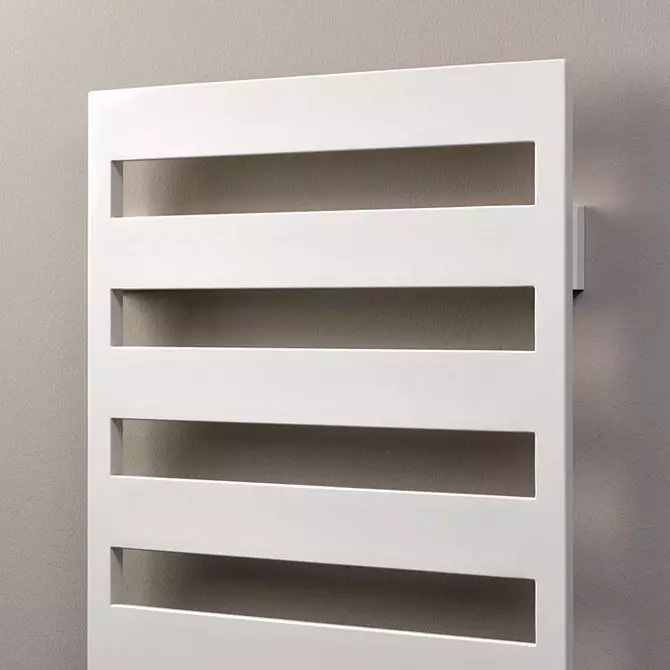
This year, the designer solution of decorative radiators Casteo (Kermi) is marked by the IF Design Award Prize
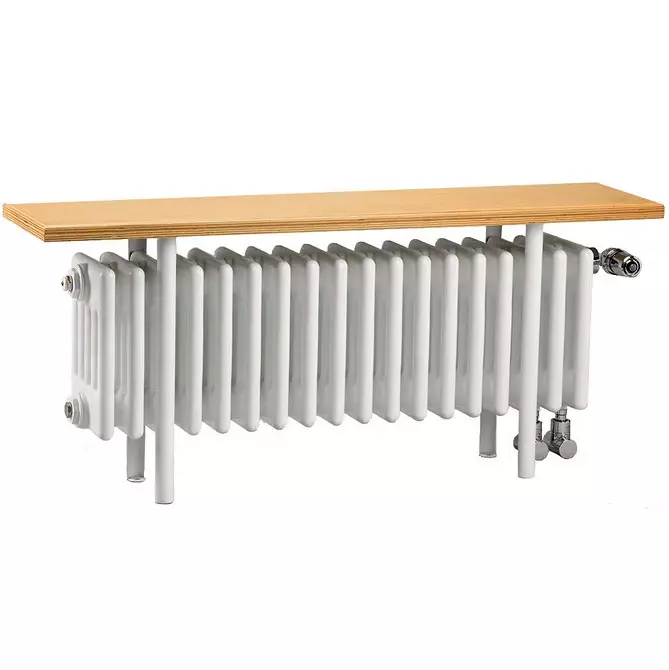
Successful combination of two functions: The Charleston Relax radiator also serves as a convenient bench
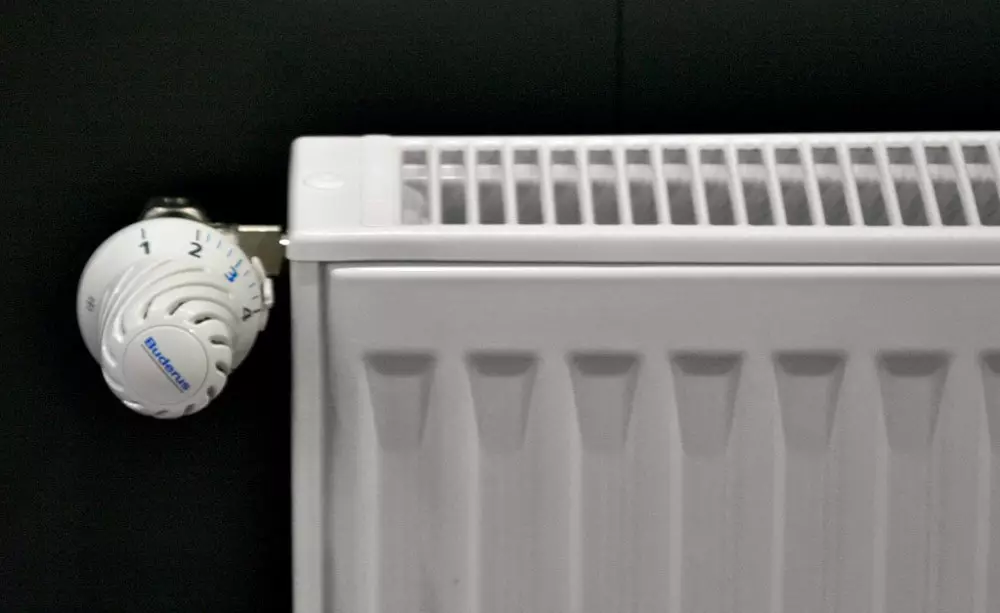
With the right use of modern thermostat, you can save up to 5-6% of thermal energy
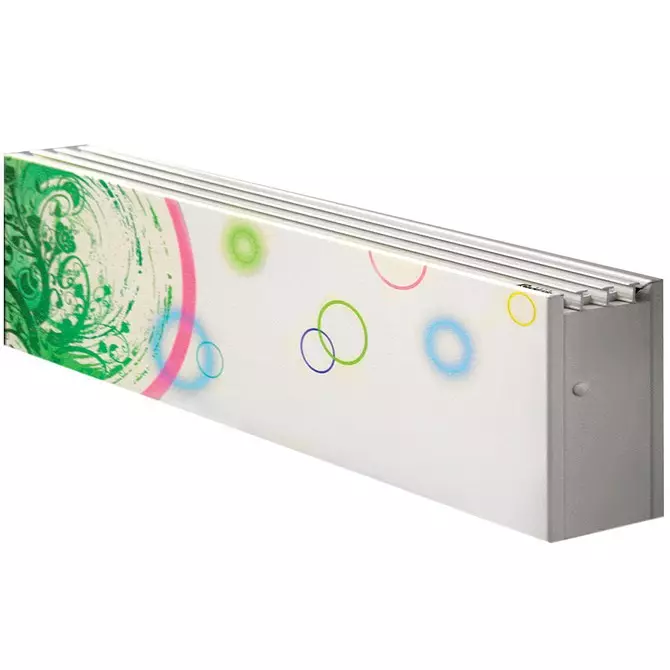
Media Even such "prosaic" objects, like casing convectors, it is better to look in painted form
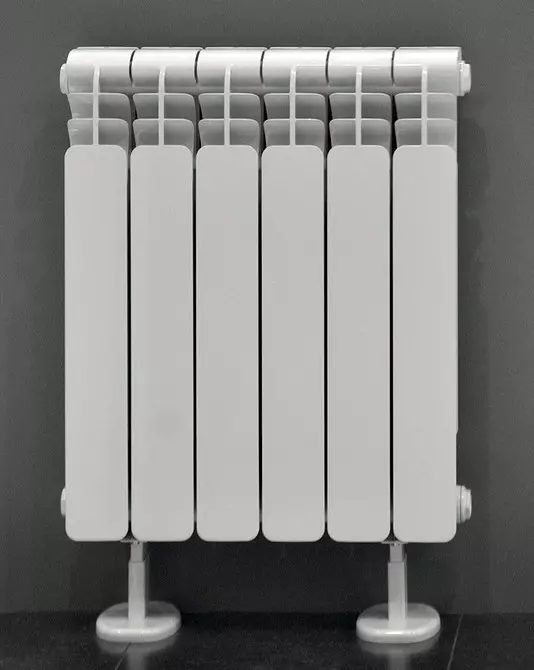
Outdoor radiator mounting
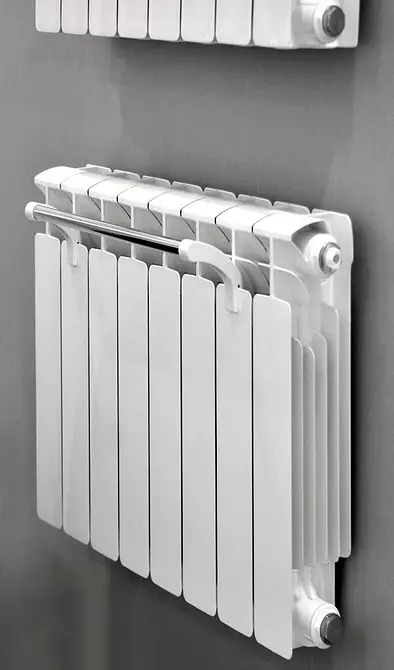
Wall mounting on angular or anchor brackets. Special accessory - removable towel
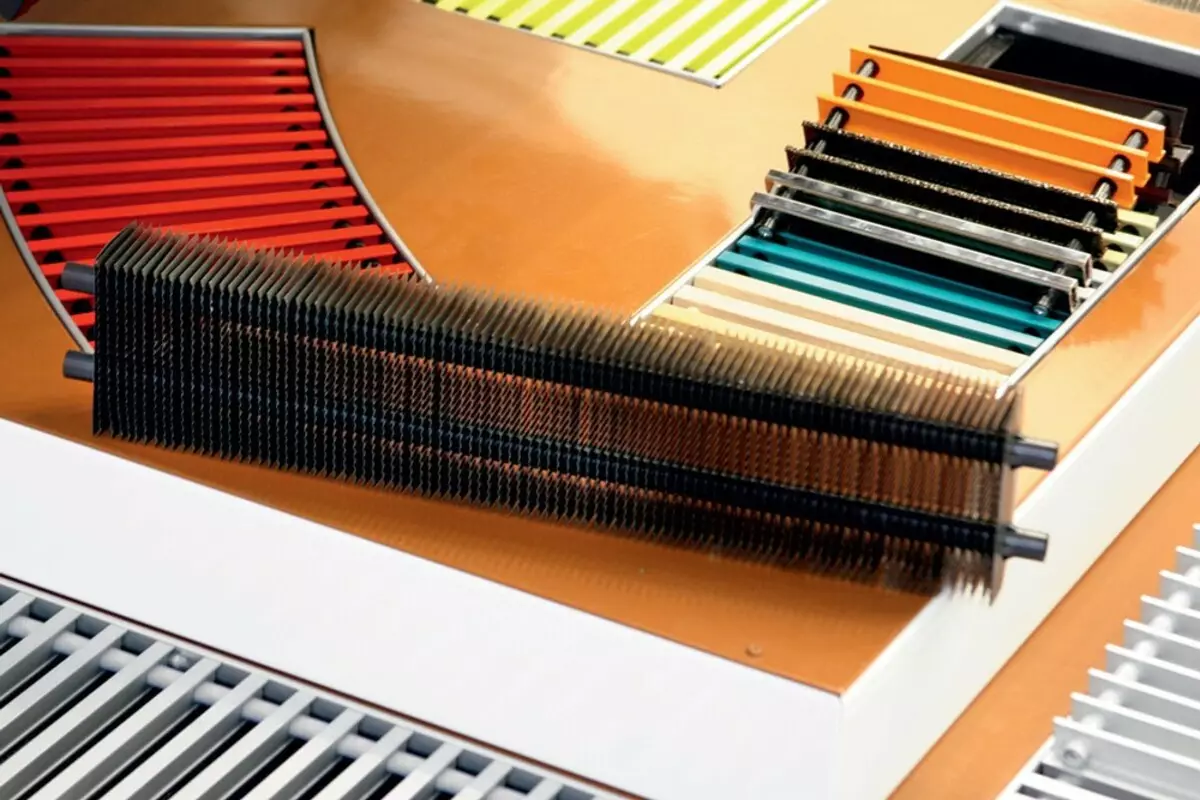
If necessary, a decorative lattice can be removed to access a plate heat exchanger.
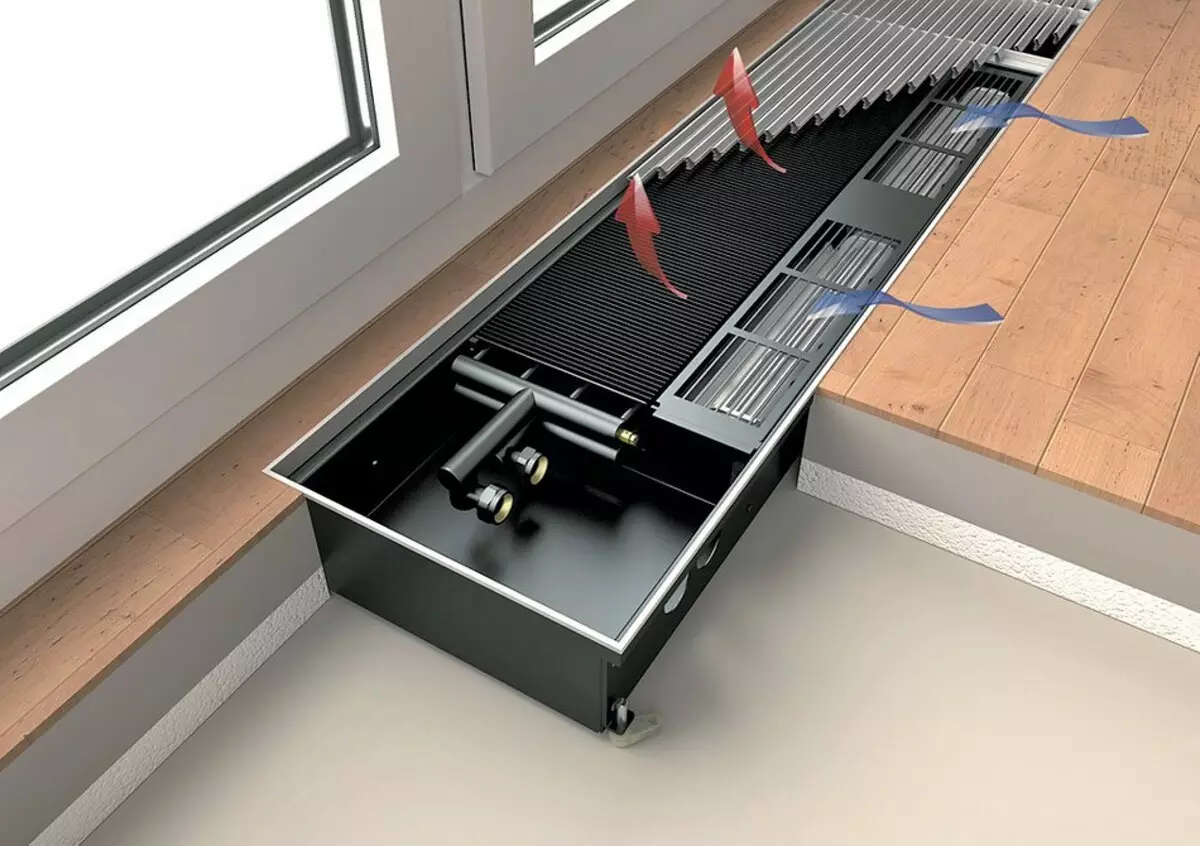
Convector Askotherm Eco KRN81 (KERMI) with forced convection. It is equipped with a fan that increases the air flow, which passes through the heat exchanger
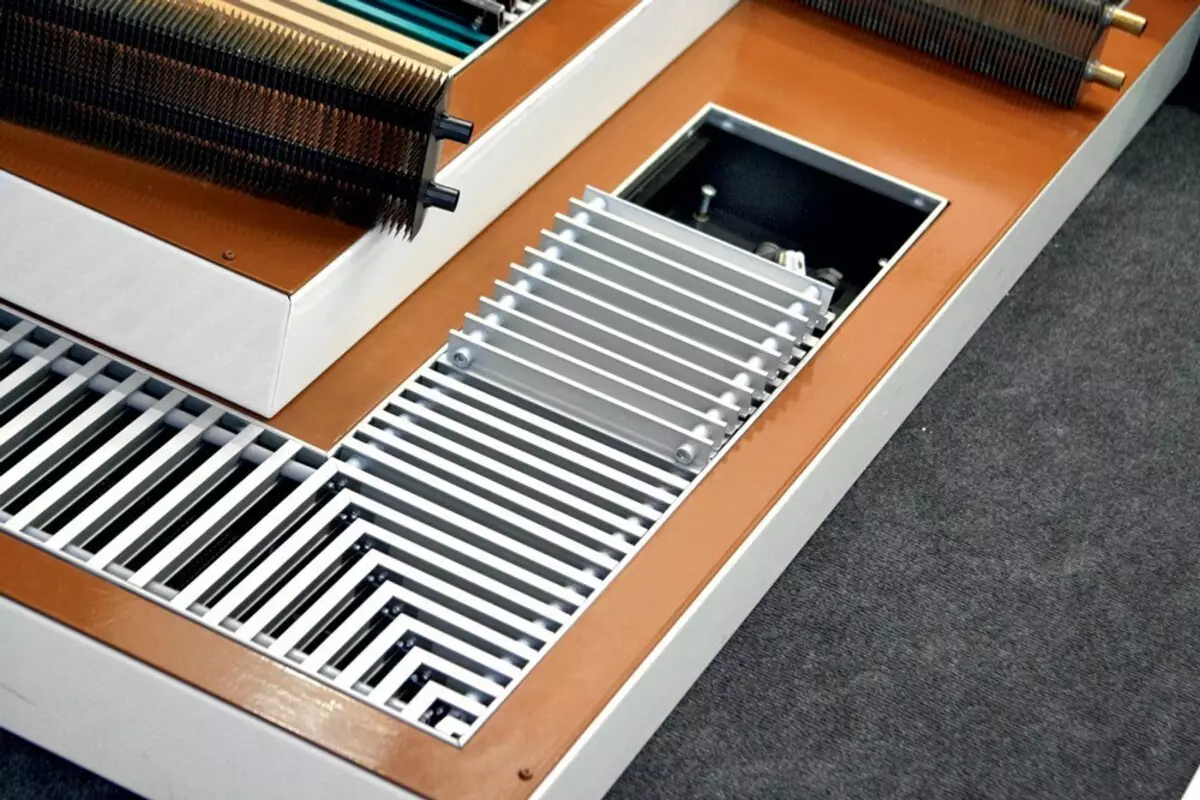
Corner version of the convector
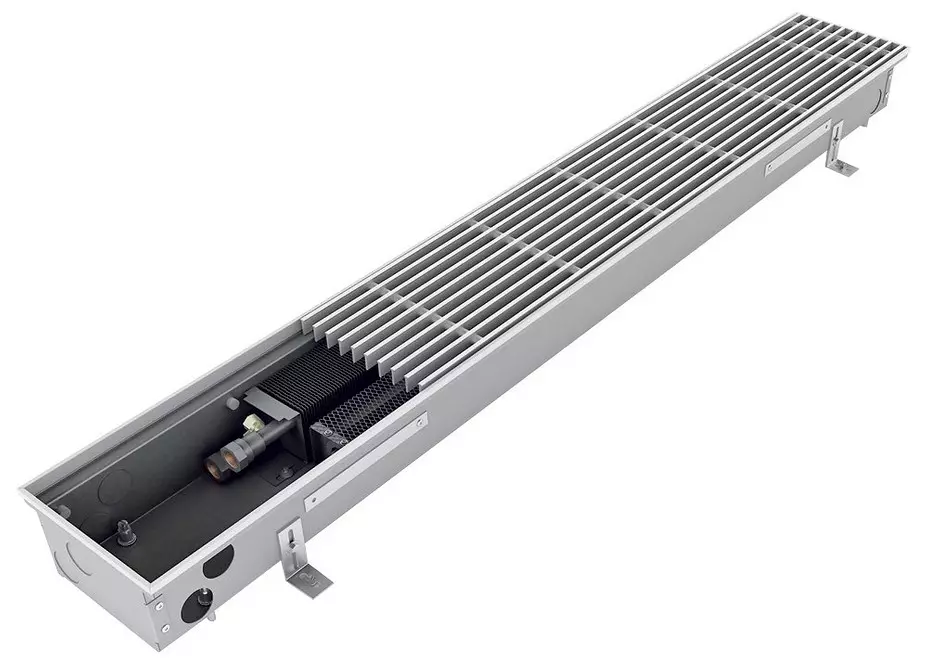
Terraline series convectors (zehnder) with highly efficient copper heat exchangers. Can be equipped with a linear lattice
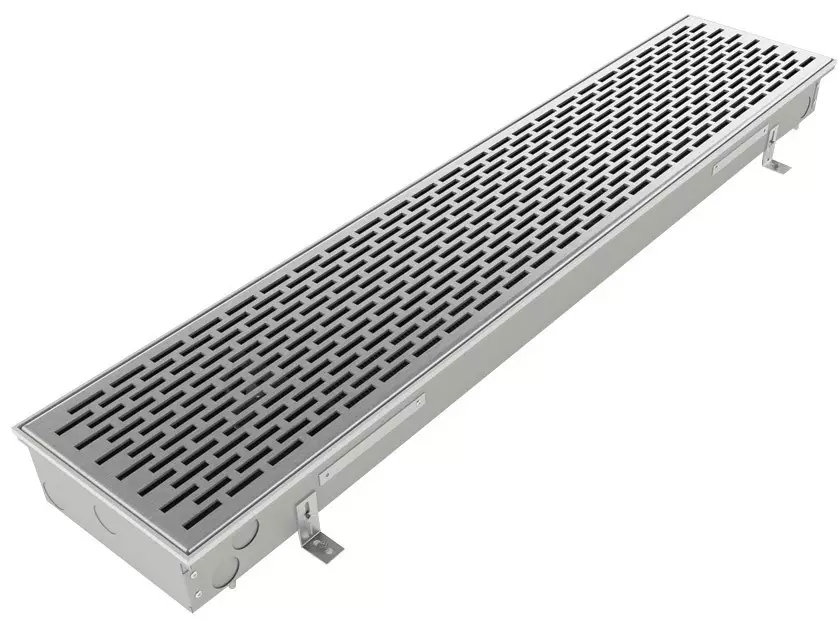
Or decorative rolled grille
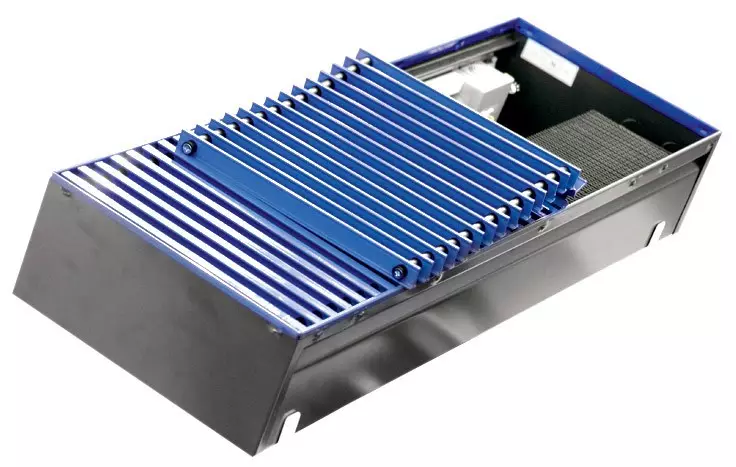
Breeze series convectors (CWS) with copper-aluminum heat exchangers
Landmarks in the world of radiators
How to determine which model is suitable for your home or apartment? First of all, they must comply with a number of requirements that depend on the design of the heating system: type and pressure of the coolant, radiators connection schemesto the pipeline.
Radiators are heated to a large extent due to radiation, so their front surface is not recommended to close decorative elements
The operating pressure in the system can be from 1-3 atm in private cottages and up to 8-10 atm in apartment buildings. In the latter case, it is necessary to be especially attentive when choosing radiators, it is better to purchase models with a margin by strength. For example, steel design radiators of the Kimras plant of thermal equipment are designed for the operating pressure of 15 atm and the test pressure of 22.5 atm, Arbonia tubular collectors in high-pressure performance - on the working pressure of 16 atm, and the model of the Monolit series (Rifar) - on the operating pressure of 100 atm .
The coolant can be not only water, but also a mixture of various liquids with a low freezing temperature (ethylene glycol, propylene glycol, etc.). Some of them are capable of entering a chemical reaction with aluminum and cause it corrosion. For low-gas coolants, it is better to choose radiators in which the contact of the liquid with aluminum is excluded. In this case, models are suitable for both steel hull and with bimetallic, if the manufacturer indicates that the products can be used with any chemically aggressive coolants (in such bimetallic radiators, the collector is completely made of steel, therefore, they are not inferior to all-end models).
The radiators for connecting the radiators determines how pipelines supplying and removing coolant are connected to the device. Three schemes are usually used: lateral, diagonal (hot heat carrier in both cases is supplied through the top tube) and the bottom (both pipes are connected at the bottom of the radiator). The lower connection option is less effective from the point of view of heat engineering (approximately 15-20%). At the same time, the lower connection is more aesthetically. Available both universal radiators models and calculated only on one connection scheme (side or lower).
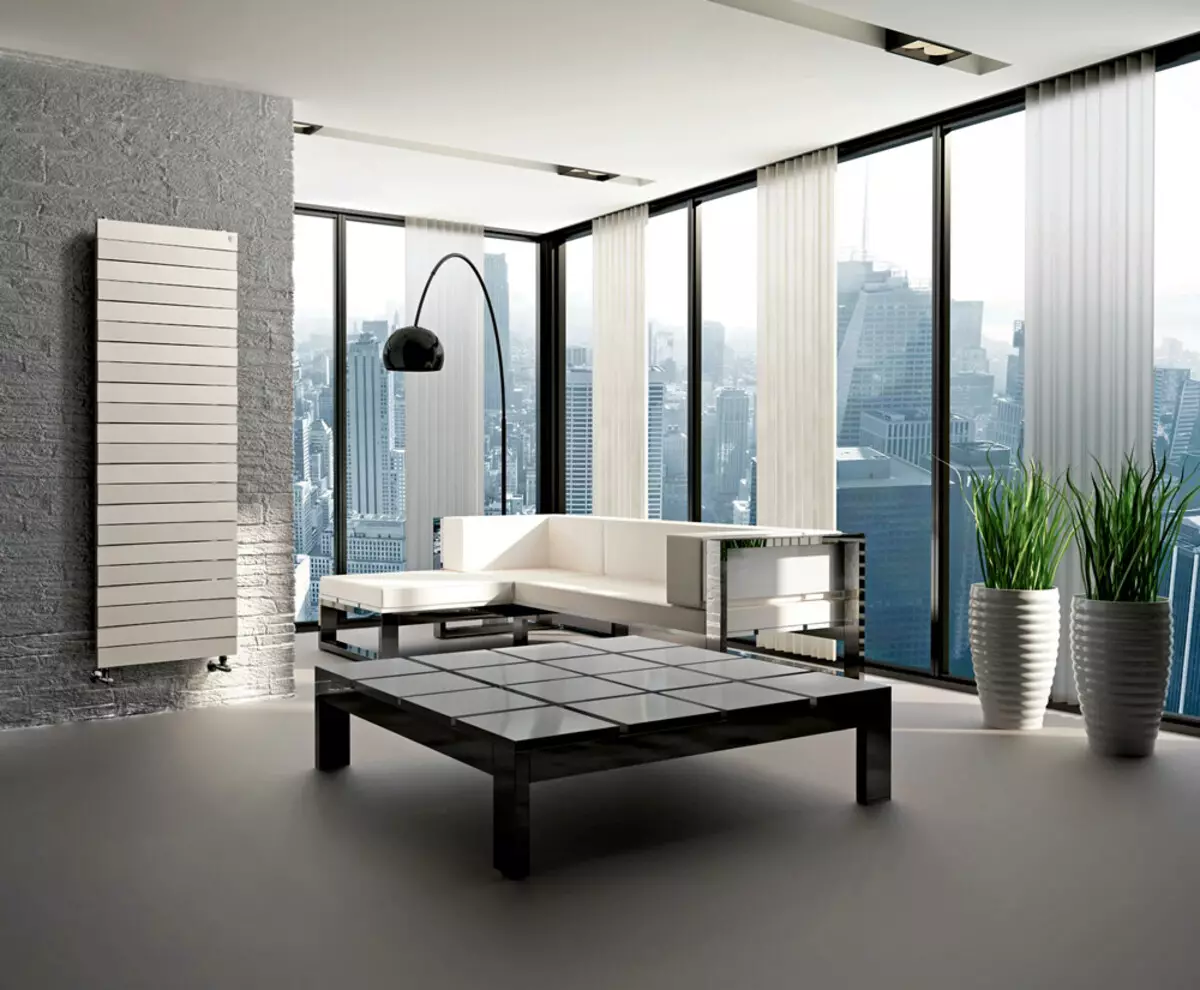
Photo: "RUSKLIMAT"
Patent design of the Vertical Radiator Pianoforte Tower (Royal Thermo) is a good solution for rooms with high windows and narrow openings. It is completed in three exclusive colors - Silver Satin, Noir Sable and Bianco Traffico
An important advantage of convectors - they can be placed in an outdoor or wall niche without significant damage to the quality of work
Are the design and material of the radiator? It was also recently believed that for urban apartment buildings, steel or cast iron tubular devices are optimal, and, for example, panel or sectional aluminum are not suitable. But with the advent of radiators manufactured according to modern technologies (for example, contact-butt welding is used instead of classical intersection assembly using nipple and gasket), this opinion is outdated. If the model is designed for high working pressure, it can be applied in urban conditions, regardless of the design type. The same can be said about the material.
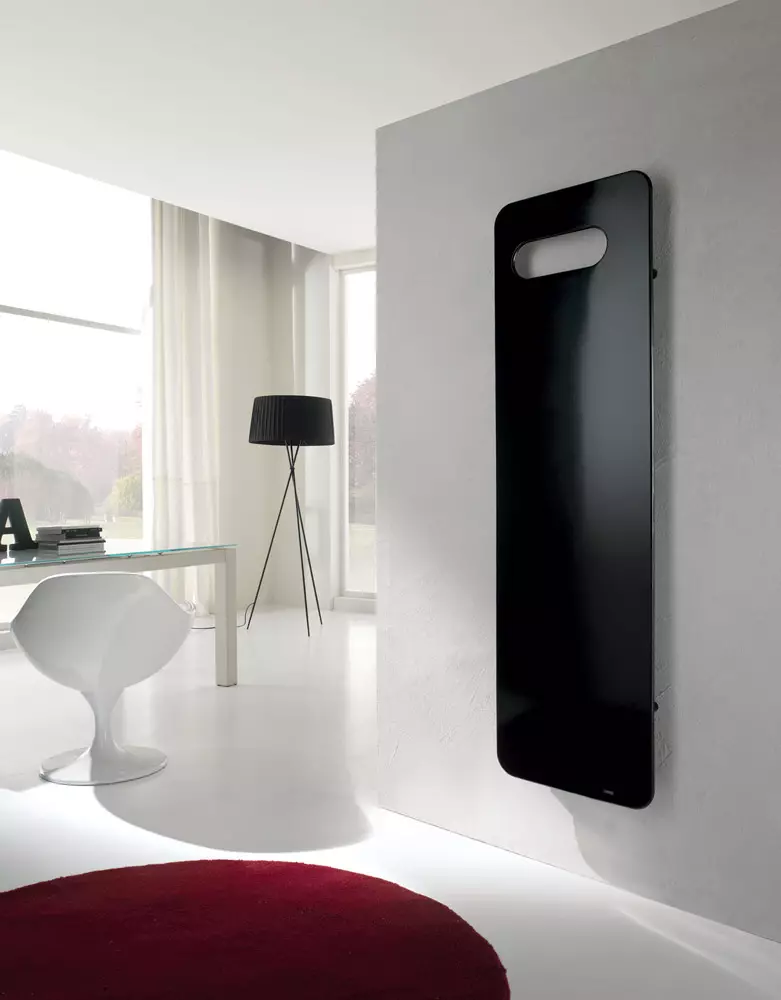
Photo: Cordivari.
Design radiator Badge (Cordivari), the thickness of the steel case is only 7 mm
Heat gives convector
Convectors are used for in-depth installation. In these related device radiators, the main heat transfer occurs due to heat transfer of hot air flows (convection), whereas thermal radiation is added to the convection. By design, convectors are pipes with fins. On the pipes flowing the coolant and heats the rib. Through them passes the heated air flow. Devices are usually equipped with a protective casing. The main advantage of convectors is more efficient heat transfer (therefore the devices are compact), and undesirable air flows (drafts) can be formed during operation.Go to the floor?
In most rooms, heating radiators are traditionally installed in the windowspace. With this placement, a good heat exchange is ensured, especially with an open window when the cold street air is cut off with an upward warm stream. However, today basic windows are mainly used with good thermal insulation, without the inflow of cold air from the window, so the need to install radiators under the windows is no longer so obvious. The heating devices are increasingly placed on the walls, in the floor and even inside the walls of the rooms. Moreover, if the last option (for example, the System Inside (REGULUS) products are considered to be exotic, then intra-field convectors have become quite widespread.
As well as conventional convectors, inlets are tubes with lamellar fins, placed in a long and narrow metal casing with a height of 9 to 20 cm (depending on the model). From above, the casing is closed with a grid. The device is mounted in the process of laying the draft floor in such a way that the lattice subsequently turned out to be flush with floor-coating.
There are models of in-depth convectors with both natural convection and forced, which uses a built-in fan. The first-type systems obtained less distribution, as the design of intra-field convectors is not very convenient for a natural air exchange and they are less effective from the point of view of heat transfer.
The main advantage of in-depth instruments is that the radiators do not occupy absolutely no useful space in the room. As they say, more space and less dust. The device can be mounted in any part of the room where there will be no carpets, furniture and other interior items.
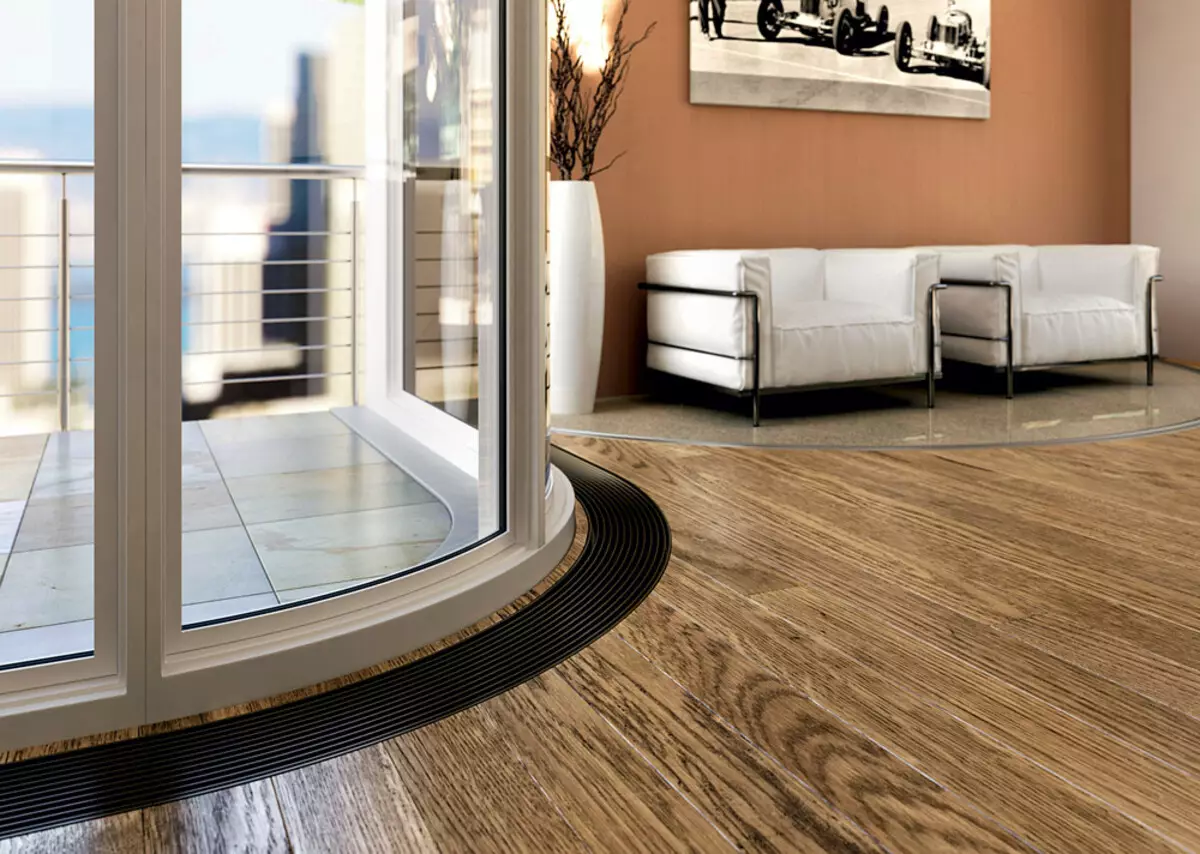
Photo: Kermi.
The inlet convector Askotherm Eco KRN91 (KERMI) works on the principle of natural convection and does not need electricity. Option: Curved Execution
There are several signs for which you can determine the quality of heating radiators. These include weight affecting the heat transfer, metal alloy, paint material, the thickness of the manufactured section. Of course, a non-specialist can hardly appreciate the quality of the alloy. All reliable information about the characteristics of radiators and certificates of compliance with the norms of the international standard are indicated in the technical passport of the product. But, unfortunately, today there is no compulsory state certification of radiators. Some manufacturers receive certificates in dubious organizations that do not guarantee the accuracy of the stated data. Their products acquire risky. More reliable appears to be certified domestic radiators, such as products that are produced under the ROYAL THERMO brand, or on the ISO 9001 certificate, if it comes to products made in Europe.
Irina Goldenova
ROYAL THERMO Object Sales Department
Intrafic convectors
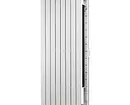
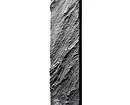
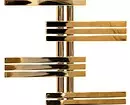
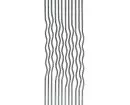
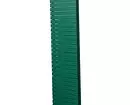
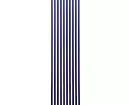
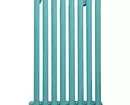
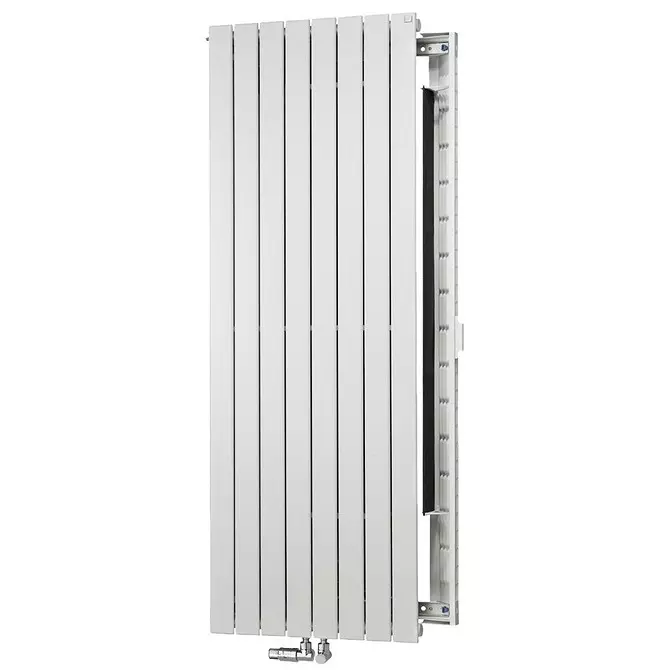
Design Radiators: Nova (Zehnder)
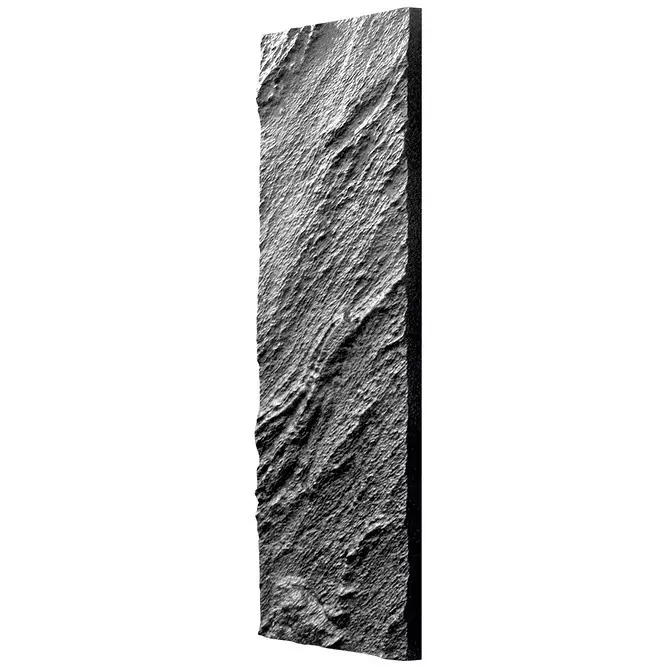
Model of Lully with an artificial stone hull
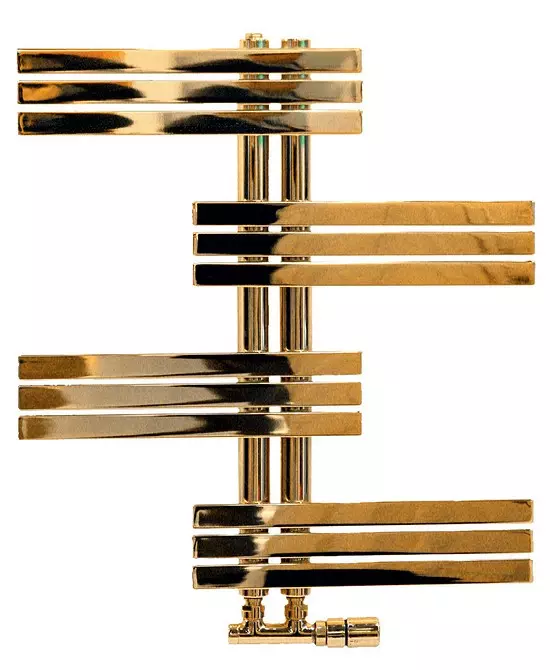
Cordivari Design Radiator: Babula model resembles a branched tree
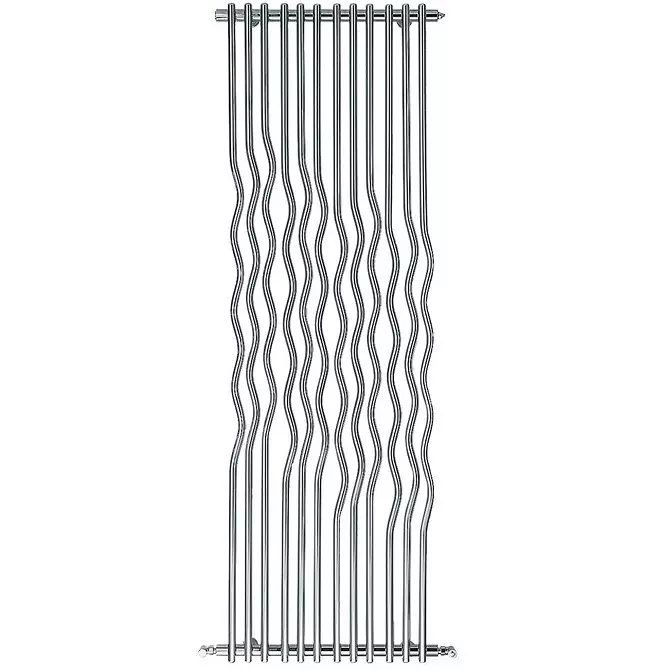
Rio Radiator resembles a flowing water
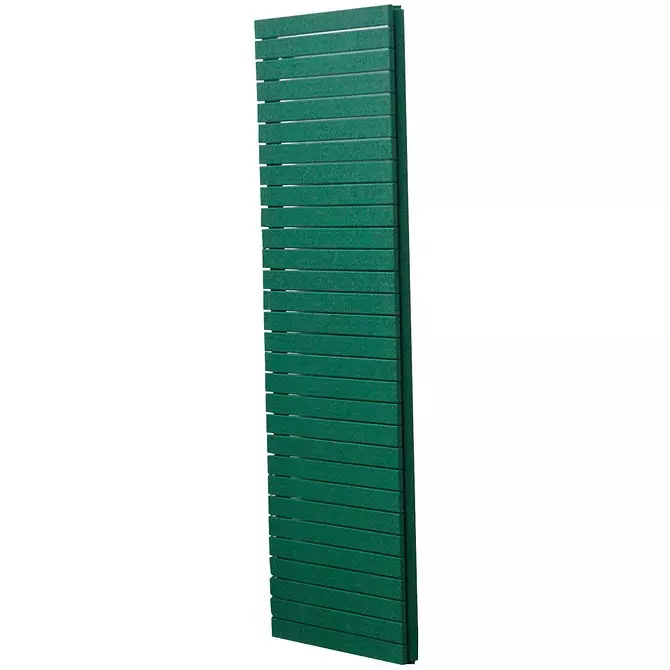
Decorative models are often elongated vertically.
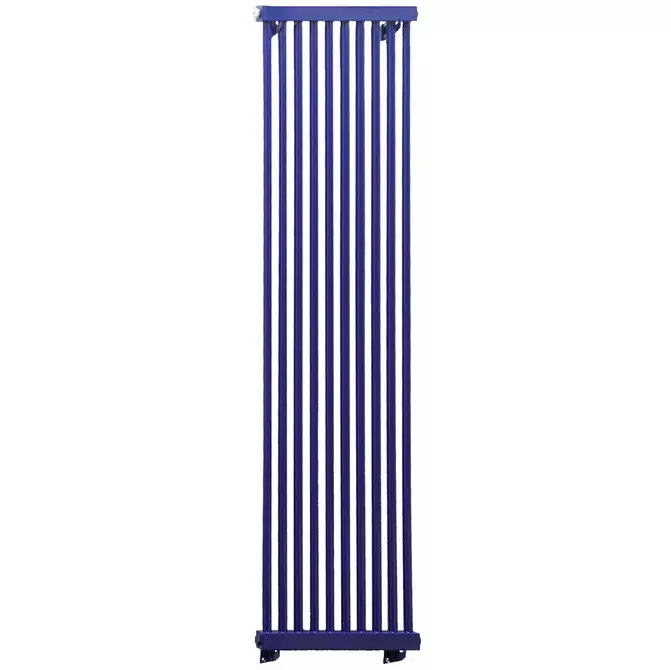
Modern sectional radiators are distinguished by a variety of forms and colors
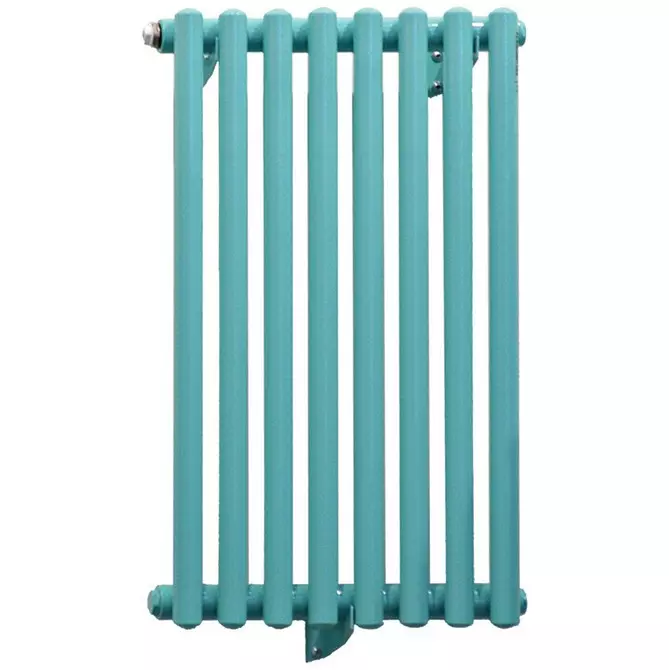
In some cases, the manufacturer can enjoy the models performed in the desired tint

